In the Shoulder dystocia it is a birth complication. During the birth, the child's shoulder gets caught in the maternal pelvis.
What is shoulder dystocia?

© 7activestudio - stock.adobe.com
The Shoulder dystocia is a rare but dreaded complication during the birth process. It shows up in around one percent of all births. Shoulder dystocia is when the child's front shoulder gets stuck at the pubic symphysis or pelvis of the mother after his head protrudes. This prevents the baby's trunk from leaving the mother's body.
A distinction is made between a high and a deep shoulder straight stand. A high shoulder straightness is when the shoulders of the baby do not stand transversely, but longitudinally. This leads to the anterior shoulder getting caught on the mother's symphysis. The pubic symphysis then hinders the stepping down of the shoulder.
Standing shoulder to shoulder on the mother's pelvis is called deep shoulder straight standing. This shape is created by the absence of shoulder rotation. Ultimately, shoulder dystocia delays the rest of the labor process.
causes
In most cases, shoulder dystocia is caused by an oversized child. Doctors speak of this when the baby weighs more than 4000 grams. This is particularly the case with mothers who suffer from diabetes mellitus. Often their children have macrosomia, in which the width of the shoulders is larger than the circumference of the head.
More recent evidence, however, see more of an above-average growth of tissue that is insulin-intensive. These include the area of the shoulders and torso. Occasionally, the massive use of the Kristeller handle, pressing too early or a vaginal-operative delivery using forceps or a suction cup can result in shoulder dystocia.
Additionally, there are some risk factors that make shoulder dystocia more likely. First and foremost, the mother is very overweight. In such cases, there are often extensive deposits of fat within the pelvis. These prevent the baby from inserting his shoulders into the mother's pelvis in the correct position. Other risk factors include pelvic anomalies in the mother and rapid expiration of the expulsion period.
Symptoms, ailments & signs
A typical characteristic of shoulder dystocia is the birth arrest after the child's head has already emerged. If the shoulder is straight, the child's head is enveloped by the maternal vulva like a ruff. The birth arrest causes more time to pass, which in turn increases the risk of oxygen deficiency.
It is not uncommon for shoulder dystocia to break the collarbone or the upper arm. The nerve plexuses in the child's arm can also be affected. Even signs of paralysis are possible. In severe cases, traumatic brain damage or a lack of oxygen can even put the baby at risk.
Diagnosis & course of disease
The occurrence of shoulder dystocia is usually very surprising to the obstetrician. So this rare complication does not announce itself before the birth. However, some factors can indicate a possible shoulder dystocia even before the birth process. For example, the expulsion phase may take longer in some cases. Difficult penetration of the head can also indicate dystocia.
It can be recognized by the retraction of the child's head after it has emerged. Doctors also refer to this process as the turtle phenomenon. Shoulder dystocia poses a risk of long-term effects such as brain damage. These are caused by a lack of oxygen, for example because the child's head becomes wrapped in the umbilical cord. The mortality rate from shoulder dystocia is between 2 and 16 percent.
Complications
As a rule, shoulder dystocia is already a complication during childbirth. This leads to a complete standstill during the birth, which can be life-threatening for both the child and the mother. In the worst case, the child or mother will die.
However, this case occurs only very rarely and especially when the complication is not treated. Furthermore, the patient's collarbone can break, so that surgery is necessary immediately after the birth. Various paralysis or sensory disorders can also occur as a result of the injuries and make the further life of the child more difficult.
No prediction can be made about the further course of this paralysis. Damage to the brain is also possible. Should there be a lack of oxygen, the internal organs of the child can also be irreversibly damaged. As a rule, shoulder dystocia can be treated well with medication. Surgical interventions may also be necessary. However, special complications do not occur and the disease progresses positively.
When should you go to the doctor?
If you have shoulder dystocia, you should see a doctor. This disease cannot heal itself, so treatment by a doctor is always necessary. The earlier the symptoms are recognized and treated, the better the further course of the disease. In most cases shoulder dystocia is recognized by the doctor or midwife at birth and then treated directly.
No further complications or other complaints arise. Injuries to the child can only occur in serious cases. If the child has injuries after the birth, a doctor must be consulted in order to guarantee proper healing of these injuries.
In some cases, the injuries to shoulder dystocia lead to psychological upset or depression in parents or relatives. A psychologist should be consulted to avoid further psychological complaints.
Therapy & Treatment
The type of therapy for shoulder dystocia depends on the form. If the shoulder is straight, a tocolytic is given first so that the mother's labor is inhibited. In order to gain more space, an episiotomy is then made. The next step is to carry out the so-called Roberts maneuver.
In this procedure, the obstetrician stretches the mother's legs, which increases the conjugata vera by about one centimeter. The manual exertion of pressure directly above the pubic symphysis also supports the rotation of the child in the longitudinal axis. It is even possible to adjust the child's shoulders to the inclined diameter. If the rotation succeeds, a maximum flexion movement takes place within the hip joint. This gives the front shoulder more space.
If the Roberts maneuver does not lead to the desired success, an anesthetic must be performed to loosen the pelvic floor. If there is a deep transverse shoulder position, the child's head is turned after an extended perineal incision. The shoulders are also rotated in the longitudinal axis. Performing the Kristeller handle, with which pressure is applied to the fundus roof, is considered useful support. With a deep transverse shoulder position, the risk of complications is lower.
Other possible treatment maneuvers are the Gaskin maneuver, the Woods maneuver, the Rubin maneuver or the loosening of the rear arm.
prevention
To avoid shoulder dystocia, the risk factors that trigger it should be identified early. In the case of diabetes mellitus, macrosomia-related birth complications can often be counteracted by adjusting the metabolism. If an excessive weight of the baby can be recognized in advance, a caesarean section usually takes place.
Aftercare
The pediatrician or physiotherapist can provide information on how to deal with the affected children and follow-up care for shoulder dystocia. Permanent physiotherapy, which is carried out consistently from the second to third week of life, is important.The goals of therapeutic change include building and maintaining muscle functions, avoiding movement restrictions as a result of muscle shortening and stimulating the muscles.
Physical therapy is also used to support spontaneous development in the case of plexus palsy, to prevent incorrect posture and to build coordination. In addition to the supportive movement exercises in children's physiotherapy, parents receive instruction in exercises that they have to do at home. Only continuous implementation ensures that the nerve functions recover and the muscles are strengthened.
During physiotherapeutic treatment, the caregivers also learn to carry and position the child in various positions, adapted to their developmental steps. This is to prevent additional damage to the brachial plexus. Neurophysiological treatment methods such as the Bobath concept and / or Vojta therapy are recommended and prescribed throughout Germany for the follow-up treatment of shoulder dystocia.
However, these intensive therapies can create great reluctance in infants and children. Many parents therefore suffer from fears and worries that they should discuss with the practitioner. Suddenly stopping therapy can cause serious problems.
You can do that yourself
Since shoulder dystocia is a complication of childbirth, it is strongly advised to plan the delivery early and have a trained obstetrician around you. The birth of the child should under no circumstances take place independently and alone in the domestic area. The opportunity to drive to the nearest hospital with the help of a relative or to alert an ambulance service should be organized in good time. Failure to do so could result in serious complications for the mother or offspring.
If the birth is stopped, medical help is essential, as the lives of mother and child are in danger. In the case of an inpatient birth or confinement in the presence of a midwife, the instructions of the medical staff must be followed. Calm should be kept under all circumstances. Additional stress and excitement from the mother-to-be or relatives make the situation even worse. Communication with obstetricians is necessary during the entire delivery process. Changes, abnormalities or peculiarities must be discussed with one another immediately and open questions should be clarified.
Since developments during childbirth often occur suddenly and suddenly, it is important not to allow additional panic or restlessness to arise and to trust the obstetricians.

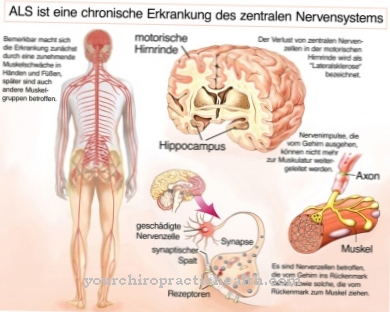
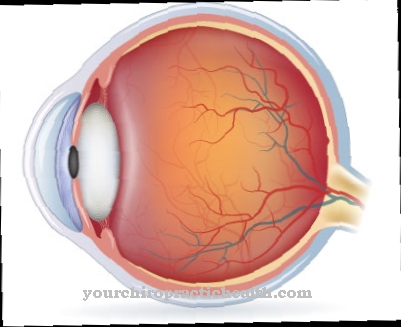


.jpg)


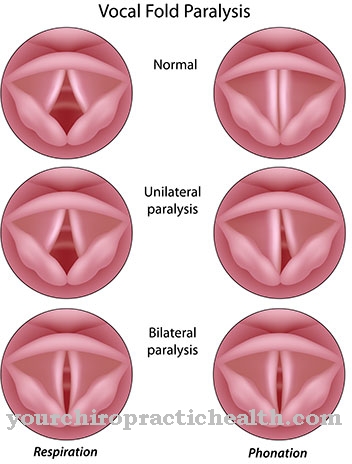
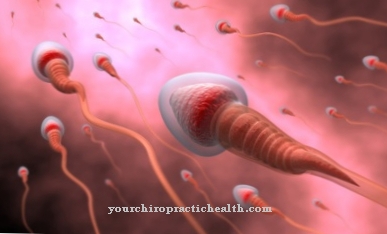

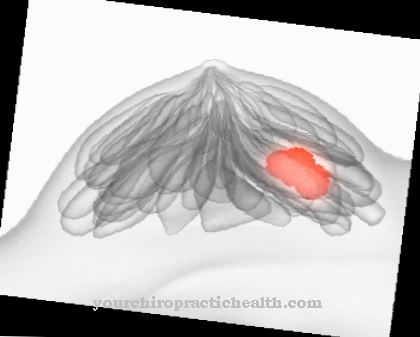

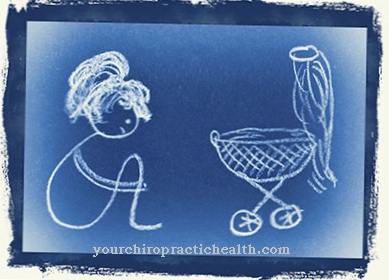



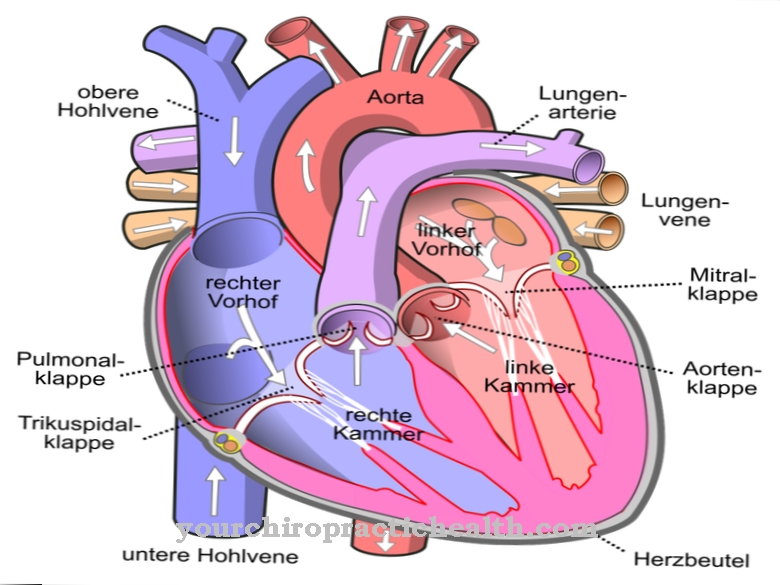

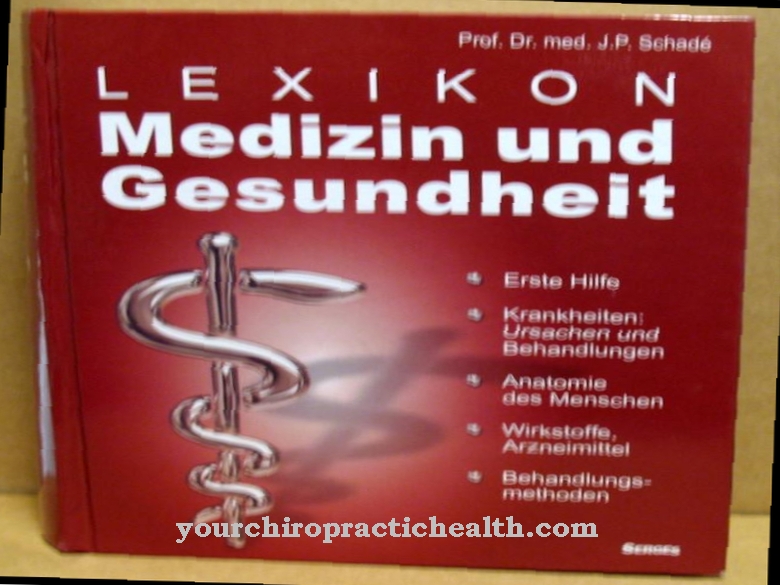
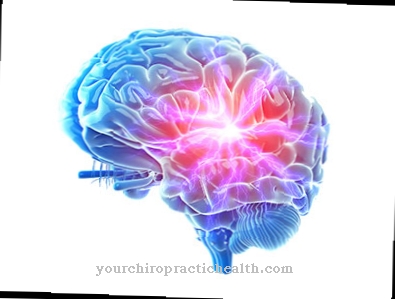
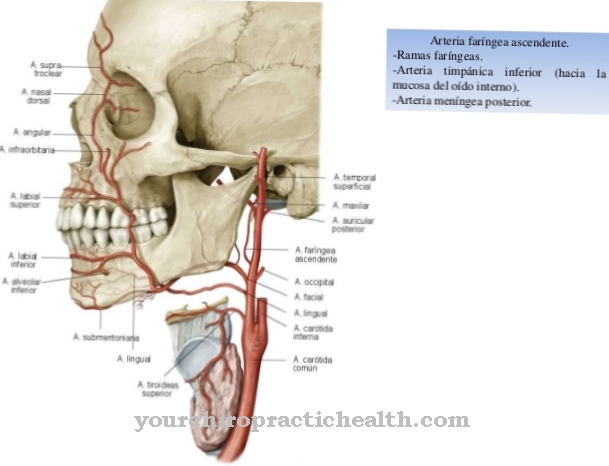
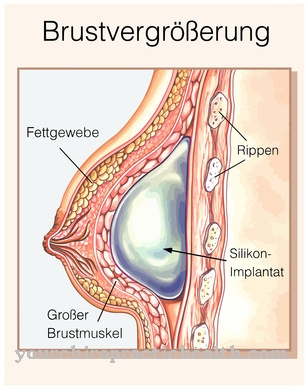
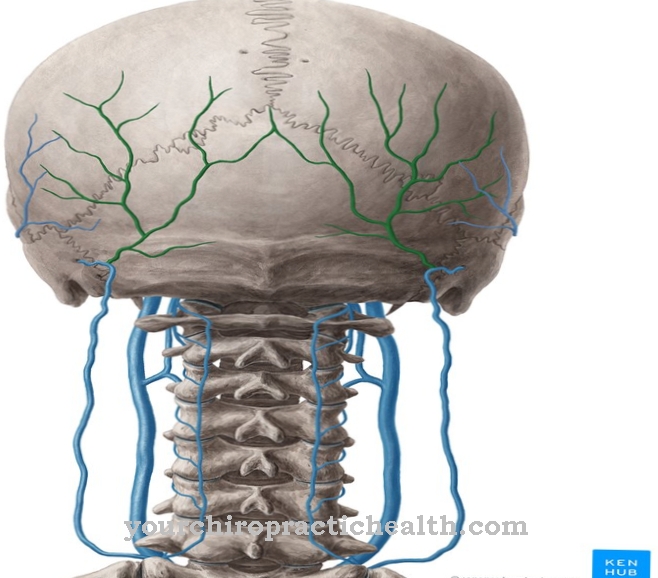

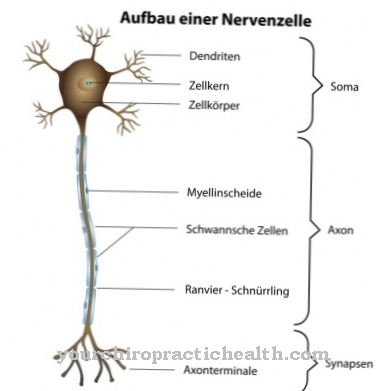

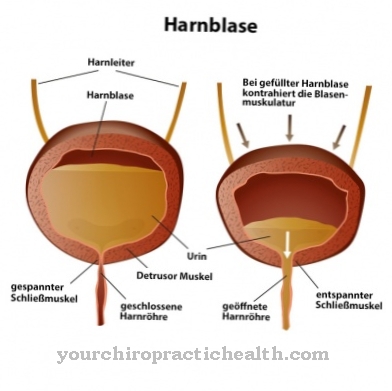
.jpg)